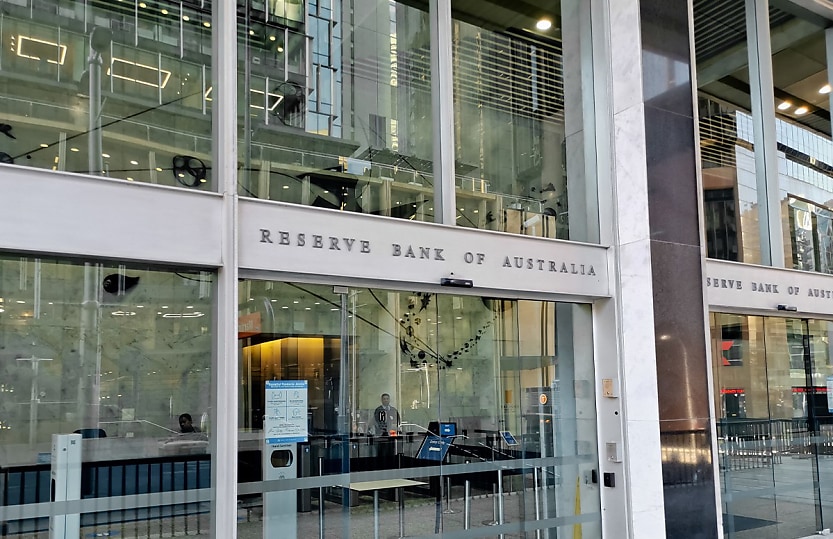RBA meeting minutes reveal a sense of caution, tip towards rate cut

Reserve Bank board members expect inflation to reach its target in the March quarterly CPI reading, but US tariff developments are complicating the inflation outlook.
During its April 1 board meeting, the Reserve Bank (RBA) predicted that underlying inflation will have fallen below 3 per cent in the March quarter, bringing it within their 2-3 per cent target range.
Unpredictable trade policy from the US government has raised fears of a broader global economic slowdown since that meeting, likely tipping the RBA further towards a rate cut.
“It has felt longer than two weeks since the April RBA Board Meeting,” Commonwealth Bank said in an update.
“The US trade war has escalated, financial markets have been extremely volatile and global growth fears have become more than a tail risk. Financial markets are pricing in more rate cuts locally with the chance of a 50bp rate cut priced in for May.”
The worsening US-China trade war prompted economists to bring forward their rate cut predictions after ‘liberation day’ tariffs tanked global markets, and major banks now predict that the RBA will cut interest rates four times this year.
In its April meeting, the RBA noted that there would be “clear downside risks to Australian growth … if tariffs and policy uncertainty have a greater effect on global growth than expected, if the spillovers to Australia are larger or if there were further material increases in tariffs in other economies, including those that are important for Australia.”
The exorbitant 145 per cent tariffs imposed by the US on China - Australia’s largest trading partner - indicate that those ‘clear downside risks’ may be imminent.
“Financial market uncertainty and downside risks to global growth have lifted since the time of the meeting,” CBA economists said.
The RBA said it would pay close attention to the way Australia’s economy absorbed tariff news to inform its May rate decision.
“We are carefully considering several factors, including the response of our trading partners, additional counter-responses from the US, the response of our exchange rate, and adjustments in other financial markets,” governor Michele Bullock said in a speech last Thursday.
“It will take some time to see how all of this plays out, and the added unpredictability means we need to be patient as we work through how all of this could affect demand and supply globally.”
In its April meeting, the RBA noted that a global trade war would entail two-sided risks for Australia’s inflation outlook.
A global economic slowdown and excess supply in global markets due to weaker demand from the US would likely drive disinflation and economic stagnation.
On the other hand, depreciation of the Australian dollar and tariff-related supply chain disruption could boost the cost of imports, sparking domestic inflation. The Australian dollar fell sharply following the ‘Liberation Day’ tariff announcements, hitting a low of 60 US cents on 8 April before climbing back up to 63 US cents as of 16 April.
Trade wars aside, domestic economic indicators have remained largely positive. The RBA board has expected that quarterly CPI, due 30 April, will show that core inflation has fallen below 3 per cent, bringing it within the RBA’s target range.
“The monthly CPI indicator suggested that trimmed mean inflation would be likely to fall below 3 per cent in the March quarter,” the board said in April.
The RBA would also be keeping a close eye on job market indicators, including labour force data coming out on April 17. The board flagged the tight labour market as an ongoing risk factor that could stoke inflation, April meeting notes showed.
Given that core inflation is expected to have reached the RBA’s target bands in the March quarter, and the US-China trade war poses downside risks to Australia’s economy, a May rate cut appears likely.






